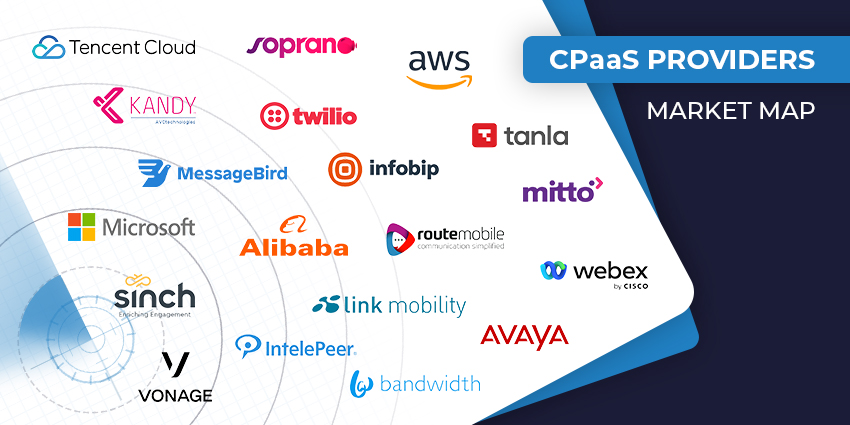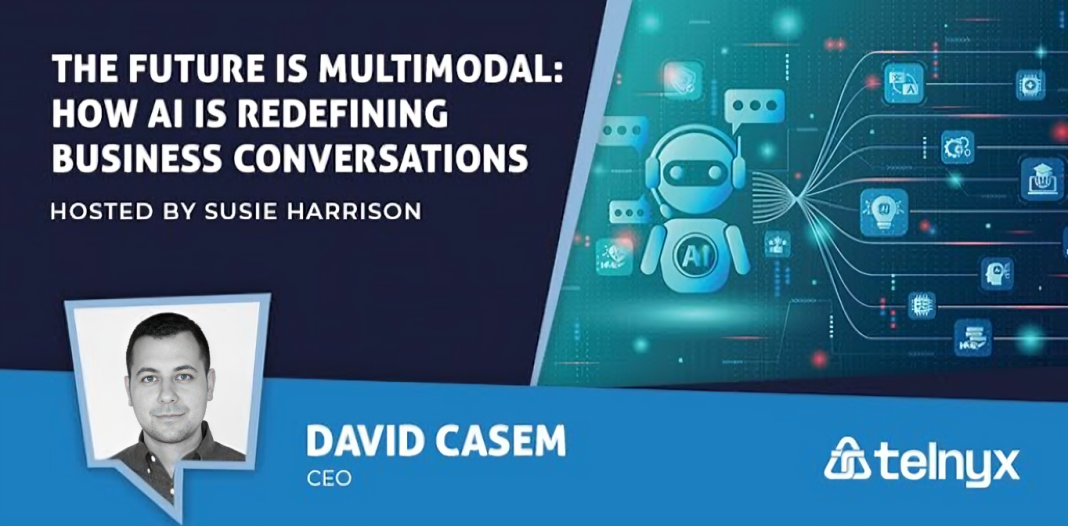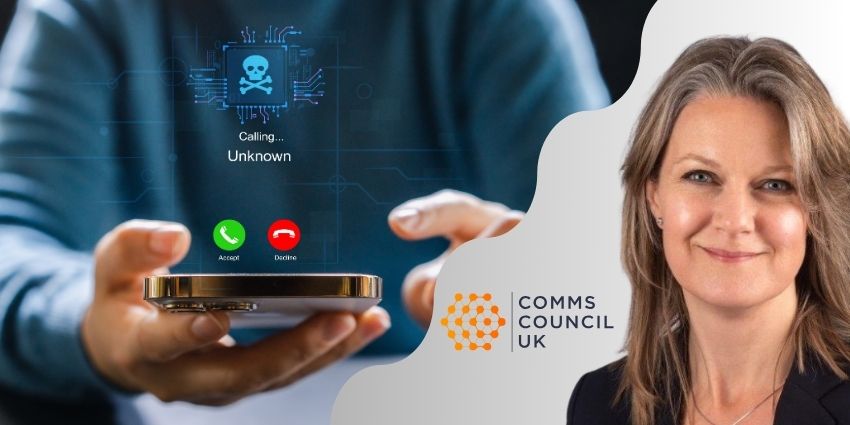In an age of digital transformation (DX), more customers than ever before in the enterprise and start-up space are beginning to consider AI options like chatbots and what they could mean for the future of communications. However, though chatbot APIs are certainly becoming more accessible, there’s still work to be done before these solutions are widely adopted by organisations around the world.
To learn more about chatbot implementation, and the industries most likely to embrace the AI revolution, I spoke to the president of Nexmo, Tony Jamous, about their channel-specific APIs, designed to help companies retain happier customers.
Tony became the president of the Vonage API platform after Nexmo was purchased by Vonage around a year and a half ago. He told me that since the acquisition, Nexmo has been growing significantly, with triple the number of customers they had before the buy, new products, and new services to offer. Nexmo and Vonage believe that chatbots could be the key to improving customer relationships – all today’s businesses need to do is figure out how to use them to their advantage.
What’s it Like Being a CPaaS Vendor in Today’s World?
In a disruptive and highly-transformative period, I was interested to learn more about what Nexmo considers the biggest growth drivers to be in the /unified-communications/cpaas industry. Tony told me that today’s start-ups and successful organisations are building digitally-native companies using the best platforms on the market. It’s not about building from scratch anymore, but maturing the existing APIs that can deliver the most benefit to your business.
“Enterprises from every industry are adopting new technologies that change the way they interact with their customers. People want to be more engaged, reach new clients, and deliver better experiences. Every sector is re-thinking the way they approach communication, becoming more agile so that they can evolve with the needs of the times. It’s this attitude that’s helping to develop the CPaaS industry.”
Are Chatbots a Reality for Modern Customers?

As companies search for new and improved ways to connect with their customers, I was interested to learn whether Tony, Nexmo, and Vonage are actively seeing businesses embrace the chatbot revolution, or whether the AI era is still slightly out of reach. Tony told me that while they’re seeing a lot of businesses “talking” about using these technologies, they aren’t being implemented as much as they could be.
“It depends on how you define AI and chatbots to some extent. We’re seeing more people looking for applications that are based on narrower, more refined AI solutions. For instance, Staples created a button that can be pressed to automatically order supplies for a business environment. Our technology is the only thing on the market right now that’s giving developers access to these simpler, real-time solutions.”
Tony acknowledged that the “narrow” AI solutions available from Nexmo and Vonage are essentially the next stage of IVR, in a time where people need solutions more customised to their needs.
“We also have the messaging environment, where message chatbots can take an FAQ off a website and turn it into a conversation with a customer. Clients who prefer chat solutions can then have their issues solved faster, improving overall satisfaction.”
Ultimately, CPaaS is the strategy that allows businesses to differentiate themselves in a way that they couldn’t achieve before. Today’s simpler chatbots are faster, cheaper, and easier than ever thanks to CPaaS solutions.
“It means that people can keep evolving, and stay agile.”
Who Is Buying Chatbots Today?
I wondered whether CPaaS companies were actively seeing more uptake in the chatbot world from certain kinds or sizes of company. Tony told me that they’re currently seeing a lot more engagement from start-ups, which makes a lot of sense when you consider the fact that these people are entering a more digitally-connected and evolving world.
“When it comes to the enterprise, we’re seeing more adoption with agile teams – the companies that are all about finding the newest markets and building the latest products. These people don’t want to rely entirely on internal IT departments – they want to be able to own their technology and evolve it faster with smaller teams.”
What are the Challenges with Implementation?
As with any new technology, there’s bound to be some challenges involved with bringing chatbots and AI technology into the wider market – even with the help of solutions like CPaaS. Tony noted that the challenges he’s been seeing most for chatbot implementation are based on the steps companies need to take to refine their solutions to their own personal context.
“Companies need to adapt their chatbots to suit their specific needs – making them more user-friendly and adaptable. They also need to be connected to the available communication channel, and that’s something that we can really offer with communication platforms as a service. CPaaS makes chatbots more scalable and accessible.”
Where are Chatbots Heading?
Finally, I asked Tony to tell me where he feels that the chatbot revolution will be heading in the future. The first thing he suggested was that chatbots and all AI would be growing smarter, narrowing the context they needed to make important decisions and do useful things on the behalf of a business.
“The amount of information required to deliver a great customer experience will drop over the years.”
Another thing that Tony noted, is that there’s likely to be more channels in the human to machine interface.
“Today we have everything from SMS to voice, chat, and email. We’re going to see a larger number of channels available that can be plugged into AI technology. It’s the role of communication platforms like Vonage to partner with people like Google, Amazon, IBM, Microsoft, and so on to make our technology better, and create richer human and machine interfaces.”







